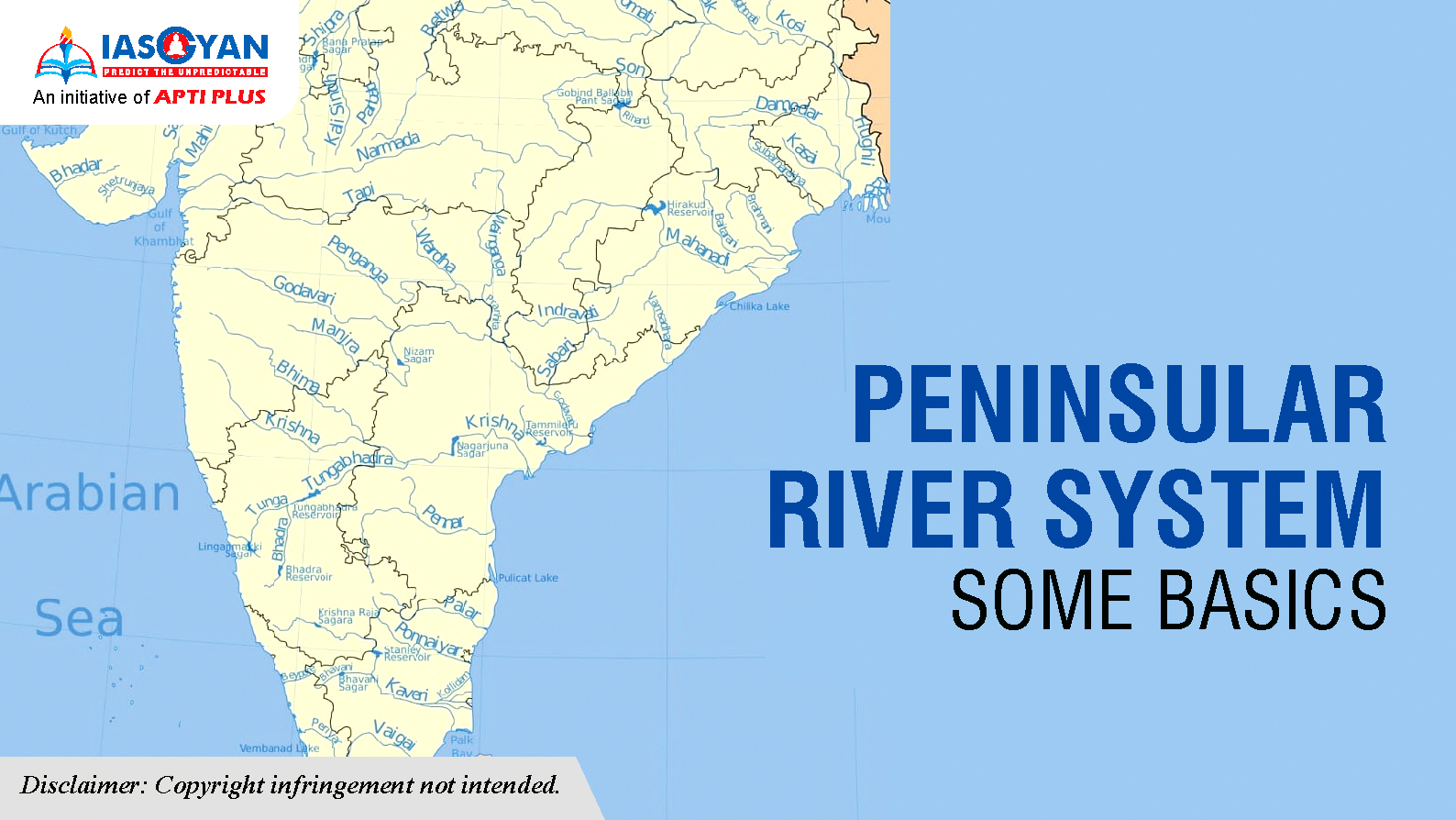




.gif)
Theory 1
Theory2
|
BASIS FOR COMPARISON |
HIMALAYAN RIVERS |
PENINSULAR RIVERS |
|
Meaning |
Himalayan Rivers are the rivers that originate from Himalayan ranges and flows throughout the year. |
Peninsular Rivers include those rivers that arises from Western Ghats and receive water only during a particular period. |
|
Nature |
Perennial |
Non-perennial |
|
Form |
Delta |
Some rivers form delta while others form Estuary |
|
Shape |
Meandering |
Straight |
|
Rocks |
Bed rocks are soft, sedimentary and easily erodible |
Bed rocks are hard, resistant and not easily erodible |
|
Fed by |
Snow and rain |
Rain |
|
Drainage basin |
Large |
Small |
|
Irrigate |
Northern Plains |
Deccan Plateau |
|
Valley |
V-shaped valley is formed |
U-shaped valley is formed |
© 2026 iasgyan. All right reserved